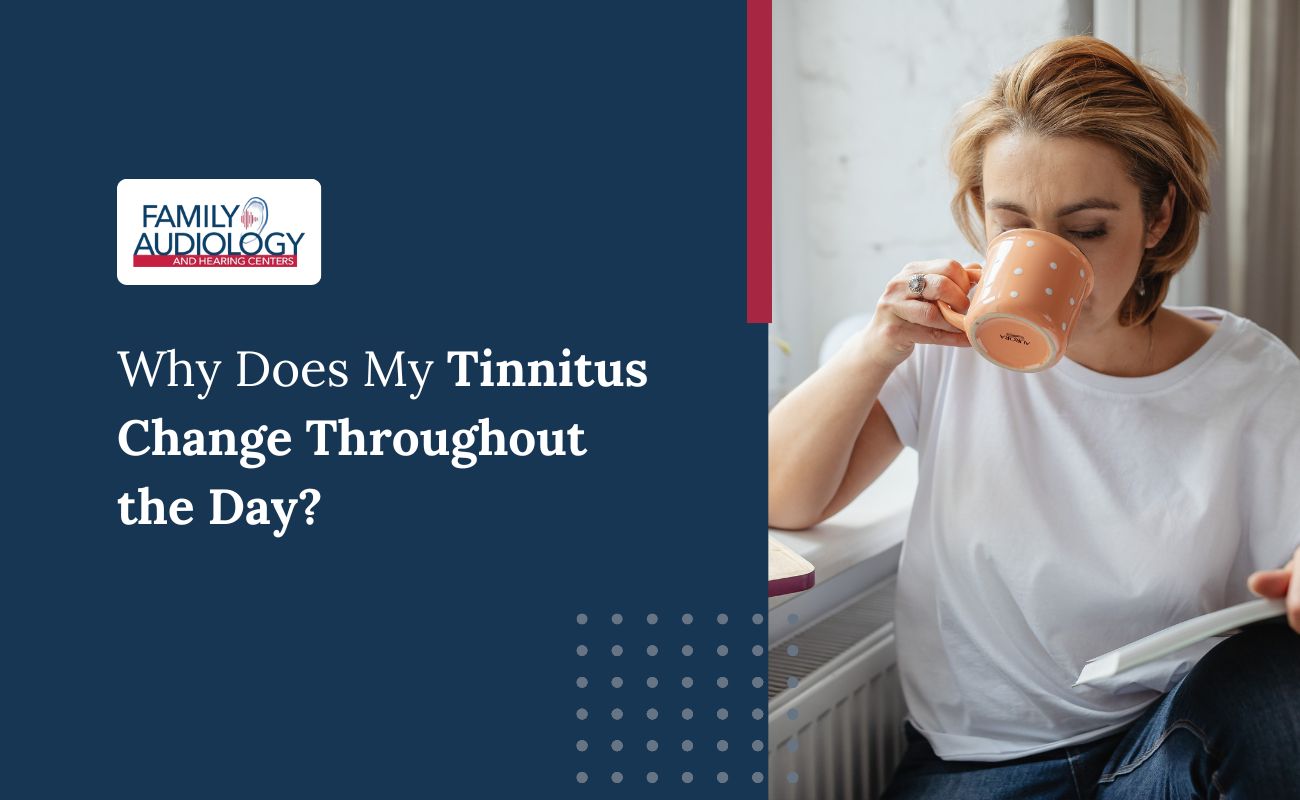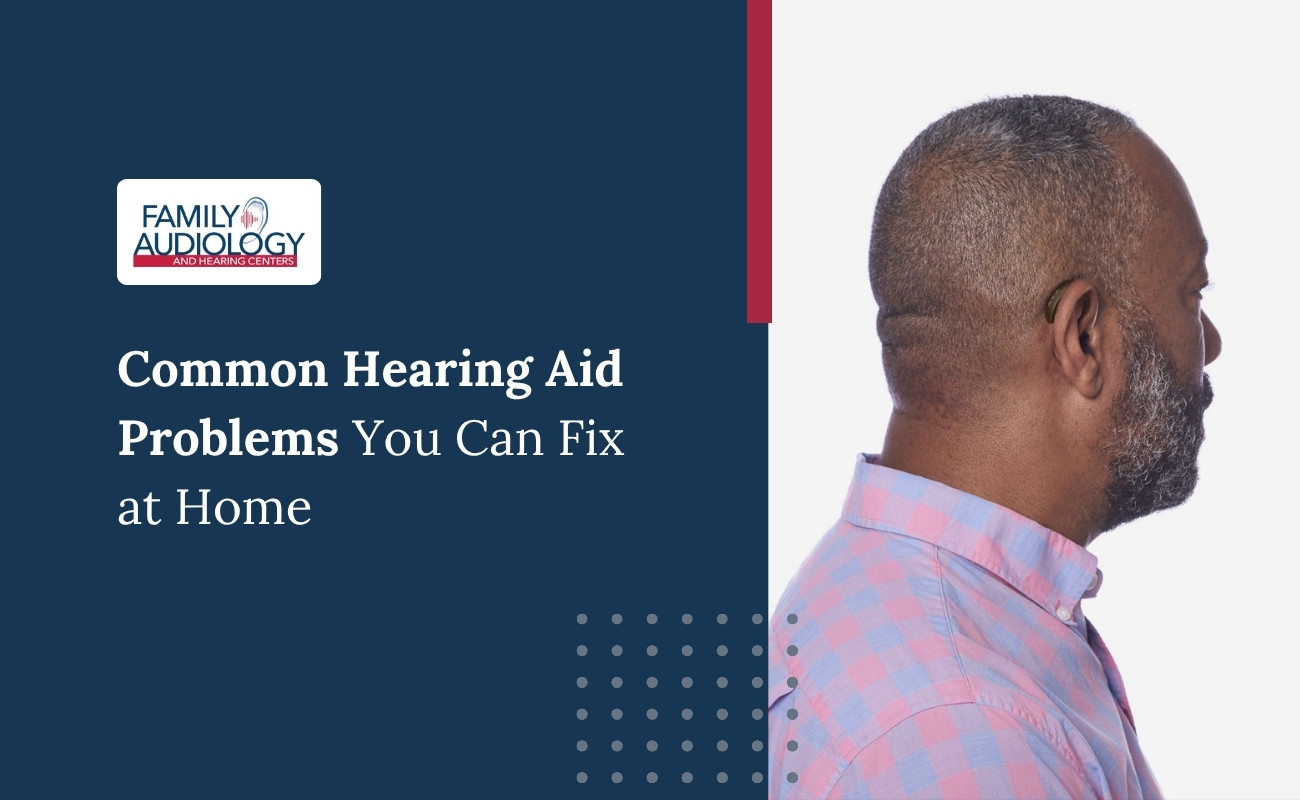Understanding Different Hearing Aid Styles



Choosing the right hearing aid goes beyond addressing your hearing loss—it's about finding a device that fits your lifestyle, matches your preferences, and delivers the sound quality you deserve. Today's hearing aids come in various styles, each offering distinct benefits for different hearing needs and personal situations.
Behind-the-Ear (BTE) Hearing Aids
Behind-the-ear hearing aids sit comfortably behind your ear, with a clear tube connecting to an earmold or dome in your ear canal. These versatile devices work for nearly all hearing loss levels, from mild to profound.
Their larger size accommodates powerful amplification and extended battery life, making them perfect for severe hearing loss. People with dexterity challenges often prefer BTE devices because the controls and battery compartment are easy to reach. Many patients love that BTE hearing aids work with different receiver strengths and include telecoil technology for better hearing in theaters and churches.
The Phonak Audéo Infinio R offers rechargeable convenience with 16-18 hours of use per charge. You can stream phone calls, music, and audio directly from your smartphone through advanced Bluetooth connectivity.
Receiver-in-Canal (RIC) Hearing Aids
RIC hearing aids have gained popularity by combining performance with a discreet appearance. The receiver sits in your ear canal, connected to the main body behind your ear with a thin wire.
This setup reduces feedback while improving sound quality for a more natural hearing experience. RIC devices are less noticeable than traditional BTE models but still provide excellent amplification for mild to severe hearing loss.
The Starkey Edge AI showcases cutting-edge RIC technology with artificial intelligence that processes sound incredibly fast. Its 51-hour battery life and waterproof design suit active lifestyles, while neural processing helps separate speech from background noise for clearer conversations in noisy places.
In-the-Ear (ITE) Hearing Aids
Custom-made ITE hearing aids fill your entire outer ear bowl. They balance discretion with functionality, working well for mild to severe hearing loss. Being larger than canal options means more features and easier handling.
The custom fit provides comfort and natural sound quality. Most include directional microphones and accessible volume controls. If you'd rather not have anything behind your ears, ITE devices offer an appealing alternative with solid performance.
In-the-Canal (ITC) and Completely-in-Canal (CIC) Hearing Aids
For maximum discretion, ITC and CIC hearing aids offer nearly invisible solutions. ITC devices fit partly in your ear canal with slight visibility, while CIC models sit entirely within the canal, making them almost undetectable.
These compact devices suit mild to moderate hearing loss. Though their small size limits features and battery life compared to larger models, they deliver natural sound by using your ear's acoustics. The custom fit stays comfortable and secure during daily activities.
Invisible-in-Canal (IIC) Hearing Aids
IIC hearing aids represent the most discreet option, sitting deep in your ear canal where others can't see them. We create these custom devices from detailed ear canal impressions for a precise, comfortable fit.
The Signia Silk Charge&Go IX combines nearly invisible design with powerful sound enhancement and speech recognition technology. Despite their tiny size, these devices provide excellent sound quality for mild to moderate hearing loss.
CROS and BiCROS Systems
CROS systems help people with single-sided deafness or significant hearing loss in one ear. The Phonak CROS Infinio captures sound from your non-hearing ear and wirelessly sends it to a hearing aid in your better ear, letting you hear sounds from all directions.
BiCROS systems work for people with hearing loss in both ears when one is much worse than the other. These systems balance hearing between ears and improve spatial awareness.
Rechargeable vs. Battery-Powered Options
Modern hearing aids offer two power options that can influence your style choice. Rechargeable hearing aids have built-in lithium-ion batteries that you charge nightly, similar to your smartphone. These devices eliminate the need to purchase and change tiny batteries regularly, making them convenient for people with limited dexterity.
Most rechargeable models provide 16-30 hours of use per charge, depending on your usage patterns and streaming habits. The Starkey Edge AI offers up to 51 hours of battery life, while the ReSound Vivia provides up to 30 hours on a single charge. Quick charging features let you get several hours of use with just a 15-minute charge.
Traditional battery-powered hearing aids use disposable zinc-air batteries that typically last 3-14 days, depending on the battery size and your usage. Smaller hearing aid styles use smaller batteries with shorter lifespans, while larger BTE models can use bigger batteries that last longer. Some people prefer battery-powered options because they never have to worry about forgetting to charge their devices or being without power during extended trips.
Connectivity and Smart Features
Today's hearing aids connect to your digital world in ways that seemed impossible just a few years ago. Most modern devices include Bluetooth connectivity, allowing you to stream phone calls, music, podcasts, and TV audio directly to your hearing aids. This turns your hearing aids into wireless earbuds that provide better sound quality than you'd get from your phone's speaker.
Smart hearing aids like the Oticon Intent use sensors to detect your listening intentions and automatically adjust settings based on your head movements, conversation activity, and acoustic environment. The ReSound Vivia features Deep Neural Network technology trained on millions of sound samples to improve speech clarity in noisy situations.
Many hearing aids work with smartphone apps that let you adjust volume, change programs, and even locate lost devices. Some apps provide additional features like health tracking, hearing training exercises, and remote support from your audiologist. The most advanced models can learn your preferences over time and make automatic adjustments based on your listening habits and environments.
What to Consider When Choosing a Style
Your hearing loss level matters most—severe losses usually need the power and features of larger devices. Think about your lifestyle too. Active people might want the durability of waterproof models like the Starkey Edge AI, while those wanting discretion might choose smaller custom options.
Consider your dexterity and vision. Smaller devices need careful handling for battery changes and cleaning, while larger models have easier controls and maintenance. Your appearance preferences matter—some people like the natural look of custom devices, others don't mind visible BTE or RIC models.
Technology levels vary across devices. Premium options like the Oticon Intent have user-intent sensors that adapt to your behavior and listening situation automatically, while basic models focus on core amplification.
The Value of Professional Fitting
No matter which style you pick, proper fitting by an experienced audiologist makes all the difference. We use Real Ear Measurements during fitting, placing a tiny microphone in your ear canal to measure exactly how much sound your hearing aid delivers to your eardrum. This verification confirms your device is programmed precisely for your hearing loss and ear shape.
Professional fitting includes setting realistic expectations, teaching proper use and care, and providing ongoing support as you adjust. We fine-tune your hearing aids over time for optimal performance in your daily environments.
Schedule Your Consultation Today
The right hearing aid style balances your hearing needs, lifestyle, and personal priorities. Modern devices pack remarkable technology into every style, from AI-powered behind-the-ear models to discreet canal options.
Contact Family Audiology and Hearing Centers to schedule a consultation with our caring team. Whether you visit us in any of our 17 locations, we're committed to providing personalized hearing solutions that improve your quality of life. Call us today to take the first step toward better hearing.
Discover the Latest Articles
Stay informed with our informative articles.

How AI Technology Is Transforming Hearing Aid Performance

Why Does My Tinnitus Change Throughout the Day?

Common Hearing Aid Problems You Can Fix at Home
Contact your local Hearing Aid Specialists
At Family Audiology and Hearing Centers, we strive to be there for all your family’s hearing needs. Because of this, we have 17 convenient locations in Ohio and Wisconsin for you to visit. See which location is best for you and schedule an appointment today.


